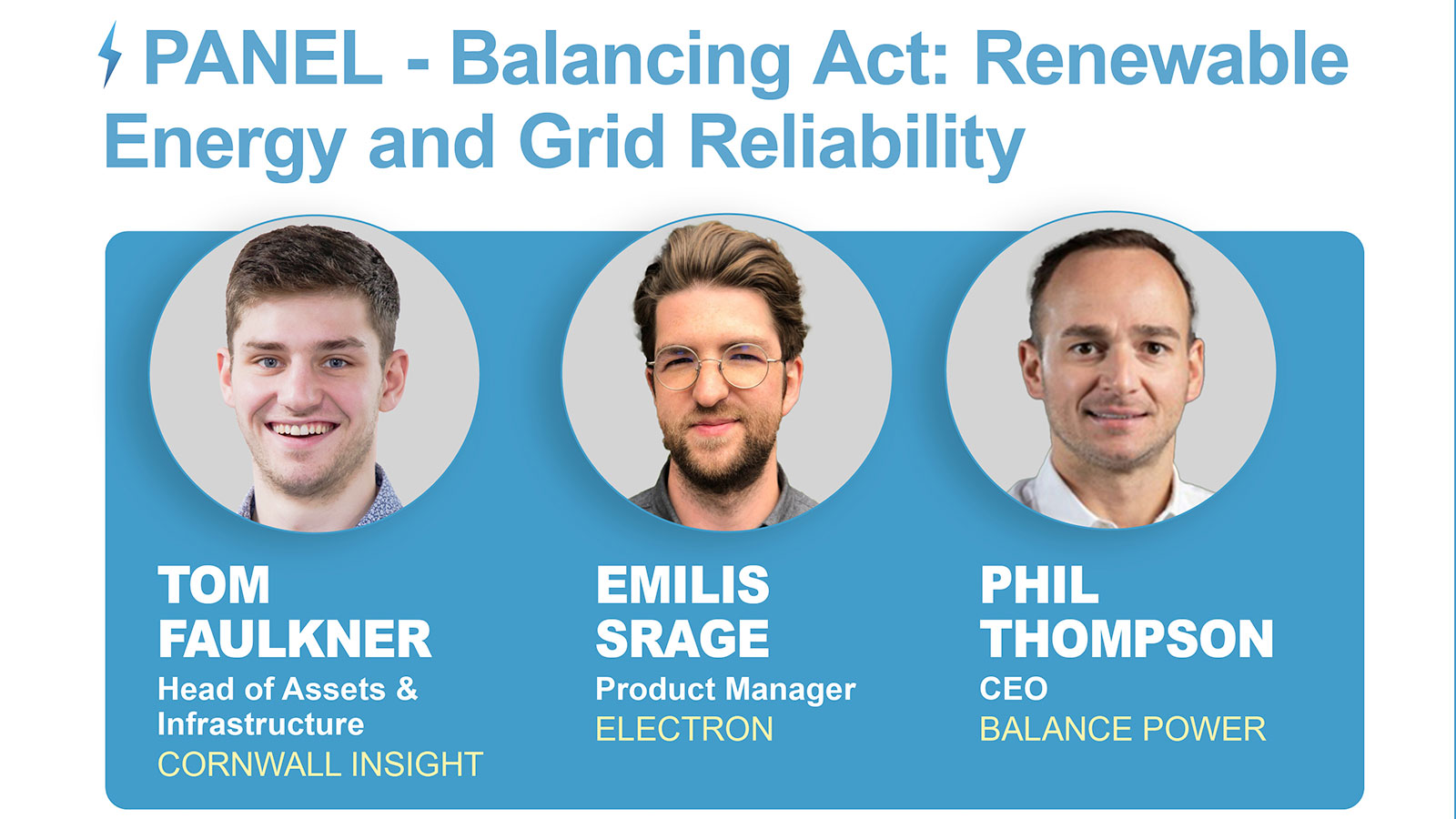Transported with celestial delight
Year on year electricity sales have been falling in the UK. Those hoping to reverse the trend are pinning their hopes upon a big switch out of petroleum into electricity fuelling the cars we drive. For the past ten years, UK governments of all shades have been offering massive taxbreaks to encourage drivers to switch. But sadly very few of us have been prepared to make the leap.
I have seen it suggested that this is because electric cars are untried technologies. This is plainly rubbish. Those of us who are car buffs know all too well that electric cars are not an entirely new technology, even amongst mainstream carmakers.
Volkswagen offered the Golf CitySTROMer to paying customers in the 1980s, while BMW showed a number of small electric vehicles, such as the E1, in the 1990s. Peugeot made its own versions back in the 1940s, while Japanese minicar and minitruck producer Daihatsu was the word’s largest producer at one stage.
Other electric vehicle niches have long existed, for instance the French and Italian quadricycle producers Aixam-Mega, Ligier, Casalini and Tazzari. These products, along with those from Reva in India, all helped kickstart the electric revolution.
Electricity generators currently feeling the pinch from declining sales must be really hoping that the great publicist Elon Musk’s Tesla Motors will at last move the product out of the niche and into the mainstream.
Left at large to his own dark designs
Let us generously assume that finally this month the board of Electricité de France has made good on its latest promise. It has got that extra assistance it requires from the French government. And given the final go ahead to construct the Hinkley Point C nuclear power stations.
We shall all politely forget that rash optimistic promise from its UK chief, the oleaginous Vincent de Rivaz, that we would be cooking our 2017 Christmas dinners on power generated by Hinkley. But the assumption must be, once a start is made, construction can be completed well within the decade, far faster than Sizewell B.
That confidence exists largely because, as the UK government has been anxious to assure us, the company has a fully worked generic design approved in full, even before work begins.
The problem is that Hinkley is intended to be the first of many new nukes built using the same generic design. Such blanket approval – lasting 12 years – for all future power stations was introduced very largely in order to prevent any lengthy public inquiries getting in the way.
But it does mean that it will be very difficult for any significant alterations to be made to future power stations. Each will need to be built to the agreed design. Should any subsequent significant changes be required (for instance to build in extra anti-terrorist protection), by definition there will need to be a further generic review. Past experience in the USA is that this is a process can last for a decade. During which everything else must stop.
Particularly as the Finnish regulator, STUK, was so badly misled regarding the viability of the design for the similar reactor so long under construction there at Okilikuoto, it really would be a brave politician who predicts we will be cooking Christmas dinner on any further new nukes after Hinkley. Any bets for 2040?
Flying too near the Sun
In some respects, we are living in a bumper era for solar energy. In 2015, the world invested more in photovoltaic cells than in coal and gas fired power generation combined. Yet two of the most prominent solar-power developers are flirting with financial disaster.
The American firm SunEdison, billed as the world’s largest renewable energy company, is facing a “substantial risk” of bankruptcy. Its debt exceeds $11bn. Its shares have fallen in nine months from $32 to just $1. It is under investigation by the Securities and Exchange Commission over accounting disclosures. Hawaiian Electric is trying to cancel power contract, because of SunEdison’s failure to meet financing deadlines.
And in Spain, Anengoa, the country’s biggest renewable energy company, now has a declared debt of $10.6bn. Its shares have also sunk, whilst banks have pulled credit lines. Under a restructuring plan, creditors will see 70% of debt swapped for equity. Existing shareholders will be left with just 5% of the equity.
Both firms have borrowed extensively. But lower oil prices and higher risk premiums have made the financial model of ever increasing expansion very dubious. Such a combination of acquisitive hubris, operational failures, murky financials and shoddy corporate governance is in danger of casting a shadow over the entire clean tech renewable energy industry.
Taking the Biscuit
Both Wallace and Gromit would be proud. From this month hundreds of homes in Cumbria will be heated by biogas from Wensleydale cheese-making waste.
Whey and other residue from cheese production at the Lake Distict Creamery is being processed into biogas and fed into the gas grid.
The biogas is produced by pumping liquid whey residues left over from the cheese-making, together with water that is used to clean down equipment, into a giant tank. Bacteria then feed on the fats and sugars in the cheese residues, producing the “biogas” methane.
According to the company that built the plant, Clearfleau, the total amount of gas that will be fed into the grid each year would meet the needs of 4000 homes. However, about 60 percent of that will be used for the creamery’s own use, leaving the equivalent of 1600 homes’ annual gas usage circulating to homes and businesses in rural Cumbria.
Developer Lake Districts Biogas is funding the project, and will receive £2 million a year in government subsidies for doing so.





